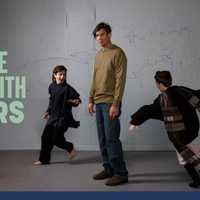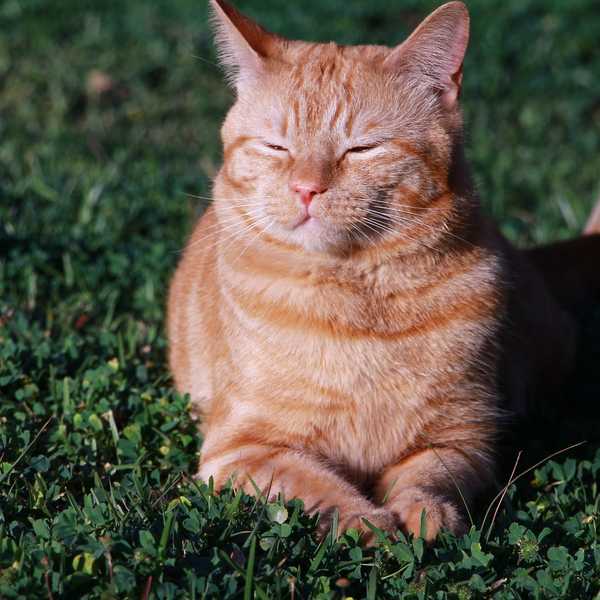Visited Friday 13 September 2019
Reviewed by Rosalind Gustafson

The exhibition begins with what must be a rare sight: a functioning jukebox that the visitor can use to listen to the radio. While I am uncertain if it could be used to listen to the songs that are listed on the jukebox’s front façade, nevertheless it is interesting to see. It equally goes a long way towards establishing the feel and narrative of the exhibition, with its focus on principally 20th-century Jewish music and Jewish contributions to music. Surrounding the jukebox are what look like old vinyls: You Don’t Have to Be Jewish, When You’re in Love the Whole World is Jewish, The Latest Yiddish Songs by David Eshet, The Sound of Music, and more. All, again, are Jewish in some way, and they give only a hint as to the contributions Jewish people have made to music throughout the 20th century and beyond.
What follows in the next corridor is a basic history of not just Jewish music, but also the phonograph and the earliest records. The exhibition takes pains to show that this is a history that Jewish people have contributed to immensely, in the shape of Emil Berliner, who invented the gramophone and the record; Barnet Samuel and Sons, who made and patented the first portable gramophone; Peter Goldmark, who invented the LP; Alex Steinweiss, the first album cover artist, and more. Emphasis is given to the fact that these records were essentially the iPods of their day, a means by which the hopes, fears, victories, and traumas of the 20th century could be expressed, both on the individual and the cultural level, and this was as much the case for Jewish communities as for any other. It is a thorough introduction, but not incomprehensible to one who has no background knowledge of the subject. By emphasising the Jewishness of these luminaries, I wager the exhibition gives those who a view it not just a greater appreciation for music in the 20th century, but also for the background of said luminaries.
Following this is a large room, decked from wall to wall in vinyls and marked here and there with notes discussing specific types of Jewish music and Jewish contributions to popular genres. The viewer may begin with the cantors, those who chant worship services in the synagogues, and as they move around the room, they will come across popular songs and their composers, people such as Irving Berlin (White Christmas) and Harold Arlen (Over the Rainbow). Following these are Yiddish theatre songs like Mein Shtetele Belz and My Yiddishe Momme, comedians like Roy Rene and Mel Brooks, and the ‘Comic Jew’ ethnic caricature. Jewish contributions to classical and chamber music in the form of Musica Viva, David Helfgott, George Dreyfus, and others are also explored, as are Israeli folk music; klezmer and its rebirth in both Jewish and non-Jewish bands; and musicals such as Fiddler on the Roof and The Producers. The list can seem almost endless.

Additional topics touched upon include how the founding of Israel impacted Arab–Jewish music, the relationship between Jewish and African-American jazz musicians, the contributions of musicians of Jewish heritage (such as Mark Knopfler, Neil Diamond, Billy Joel, and Simon and Garfunkel) to pop music, and how the trauma of the 20th century was expressed through the genres of punk and new wave. For those unfamiliar with the subject, the amount of music on display might well be a surprise, and I have no doubt there’s something new to learn even for the experts. In covering so many genres, the exhibition runs the risk of falling into shallowness, but as far as I can see it, it never does. Its discussions are brief but detailed, and the numerous vinyls allow the viewer to see the contributions Jewish people have made to 20th-century music and not just read about them, thus lending the narrative a great deal of depth.
Complementing the principally visual exhibition is an audio component, where viewers can listen to a wide range of Jewish musical pieces, ranging from the performances of cantors to Arab–Jewish music to pop songs to klezmer and beyond. Accompanying these are pieces where a person discusses their history with a particular song or its artist, their background, and much more besides. While it rounds out the exhibition well by giving viewers the chance to listen to the artists and songs that have been discussed, I found when I was there that many of the pieces abruptly stopped in the middle of playing; only a small few played through to the end. This lessened the experience for me, as one might imagine, and I could not help but feel that I was missing out on a key part of the exhibition’s narrative as a result.
The exhibition’s narrative is a strong one, and there is much there to learn that the layperson may never have heard of before; it also tackles topics that I imagine most would never have considered. Nevertheless, it is not a complete narrative, and there were some areas in which I felt it lacking. Notably, while there is a great deal of attention paid to Jewish music in the late 19th to mid-20th centuries, the closing decades of the 20th and the 21st century go more or less ignored, and with them modern Jewish musicians such as Amy Winehouse, Randy Newman, Idina Menzel, and others like them. In addition, while the exhibition claims to give special attention to Jewish contributions to music in Australia, I felt the subject was treated as something of an afterthought, with far greater attention paid to Jewish music in Europe. That being said, whatever it lacks in, the narrative is still a rich one, and I imagine even those who know something about the subject will have much to gain from it. For those who know almost nothing, such as me, it is thorough, but not jargonistic or incomprehensible; one might almost be surprised to learn how many well-known developments in music had Jewish people behind them. I know I certainly was.
What: Jukebox Jewkbox! A Century on Shellac and Vinyl exhibition
When: 15 April 2019–January 2020
Where: Sydney Jewish Museum, 148 Darlinghurst Road, Darlinghurst, NSW 2010
Price: $12–$15
Exhibition details here: Jukebox Jewkbox!

Share "Review: ‘Jukebox Jewkbox!’ Exhibition"
Copy










